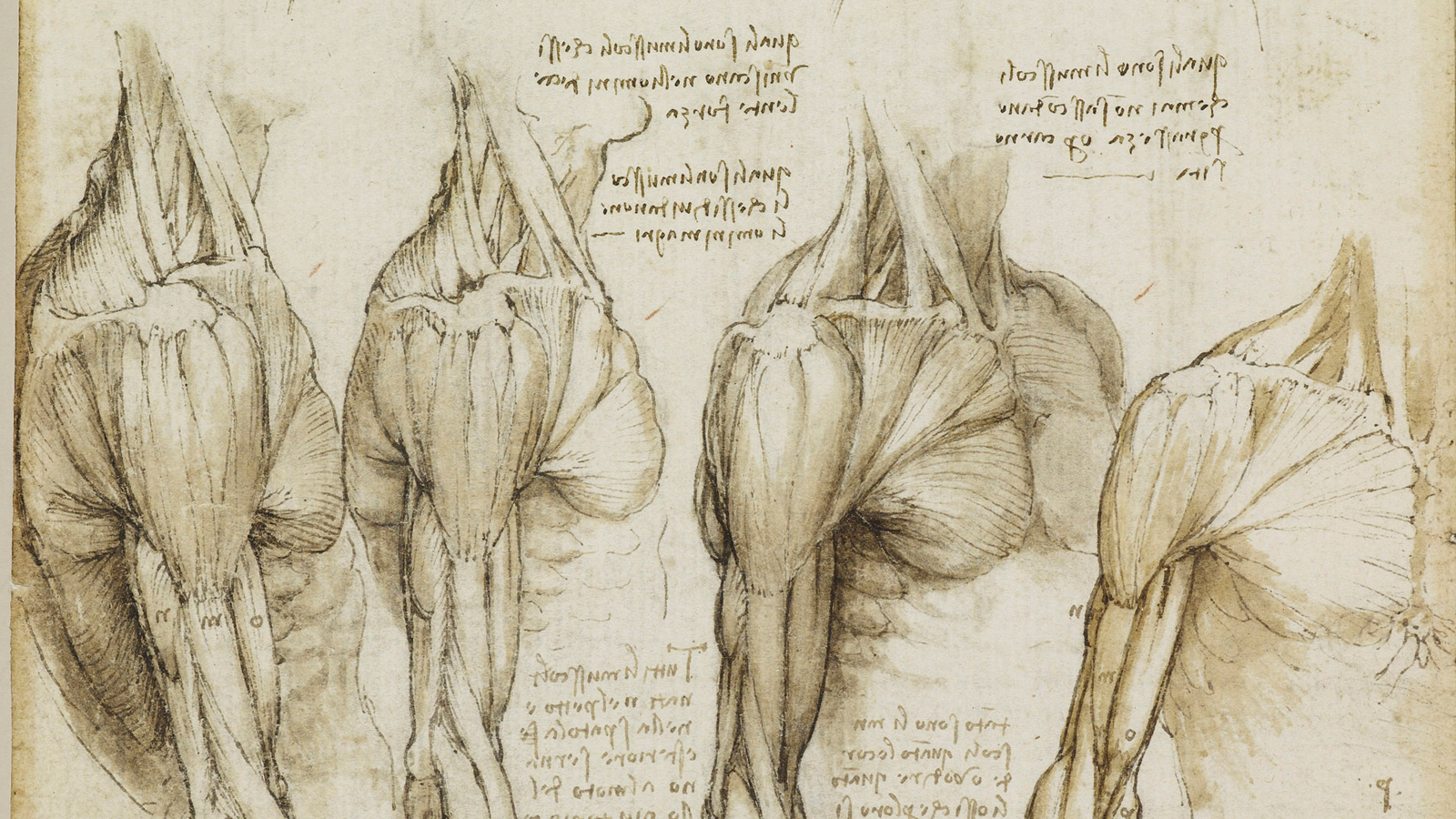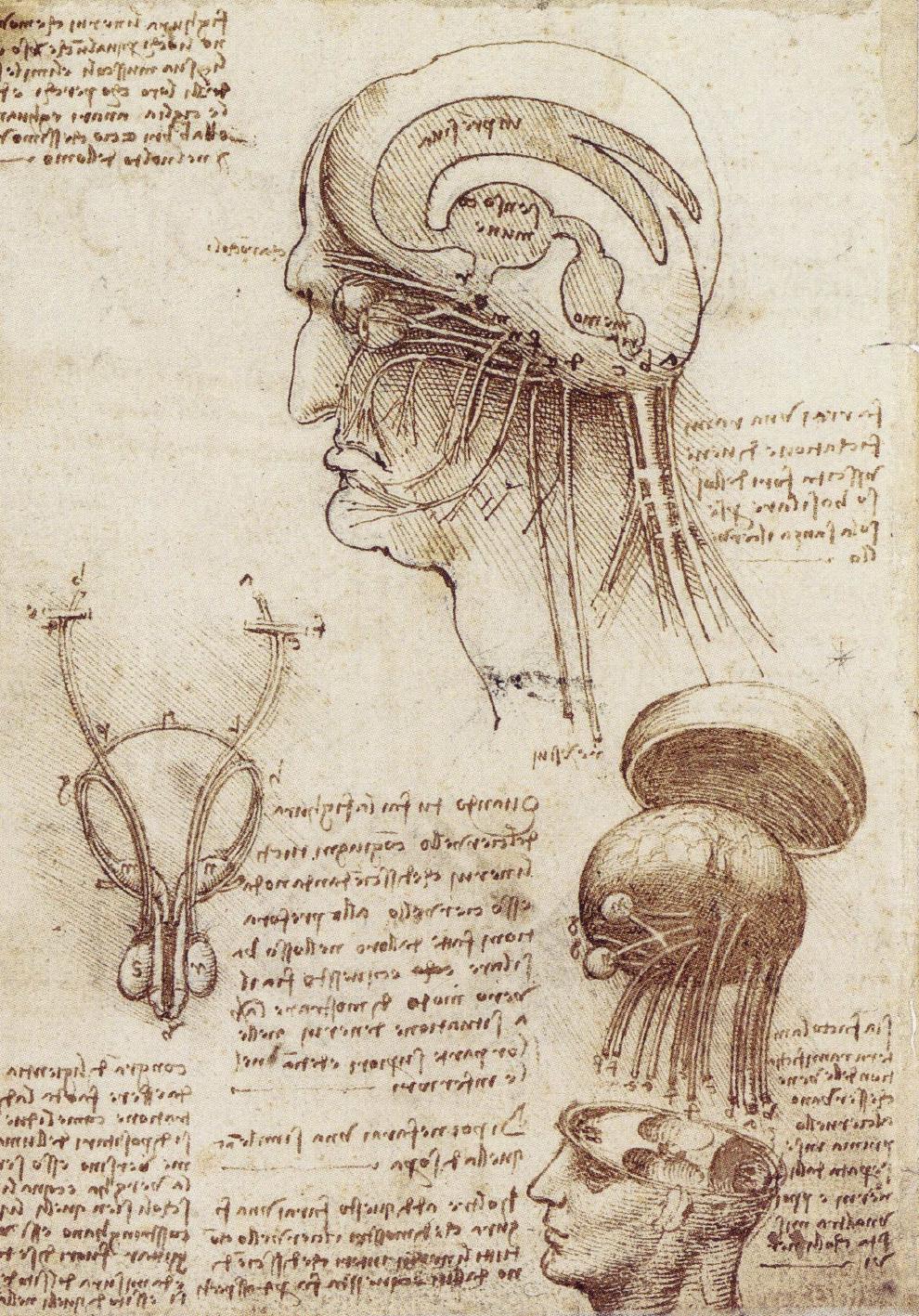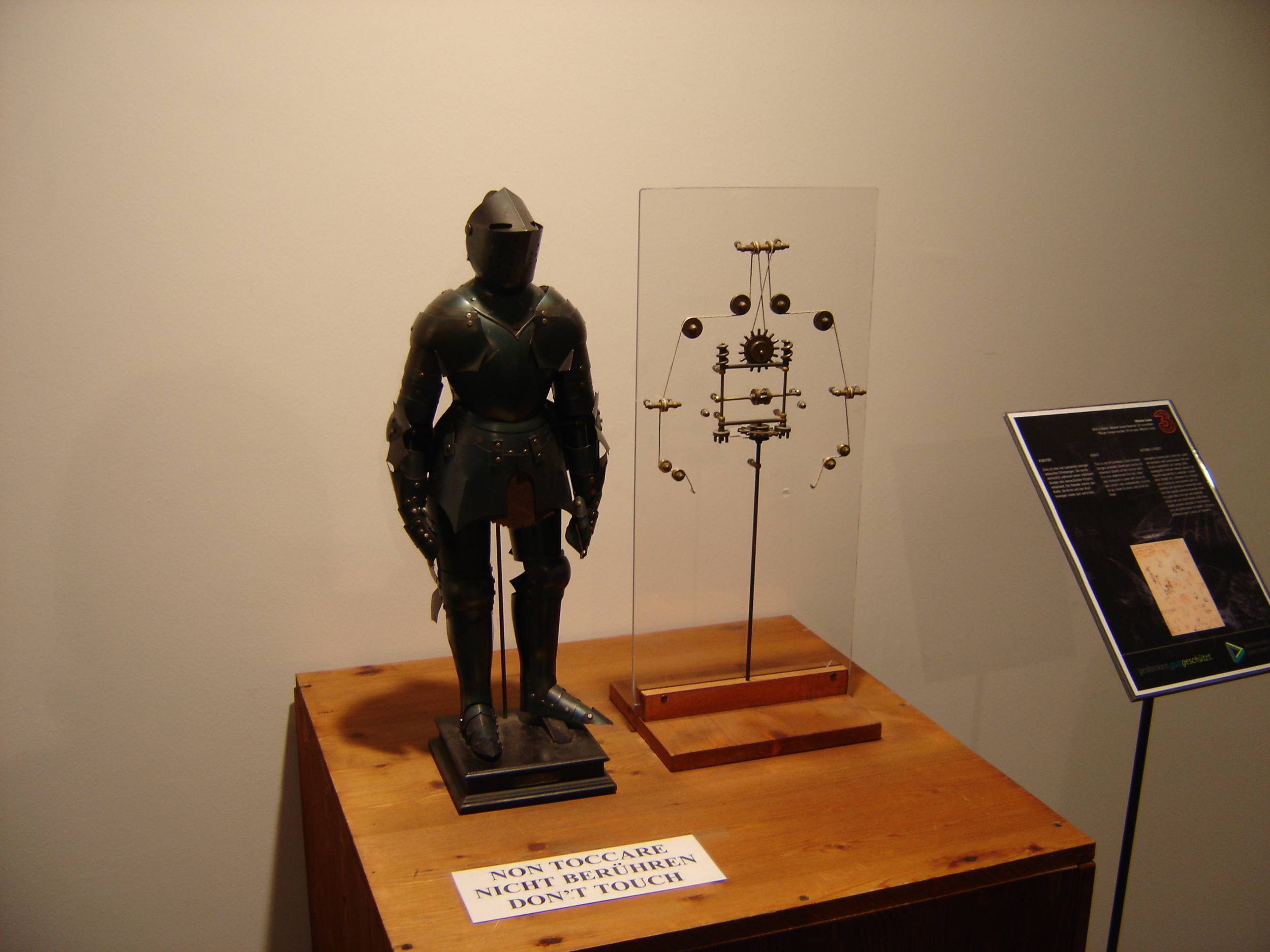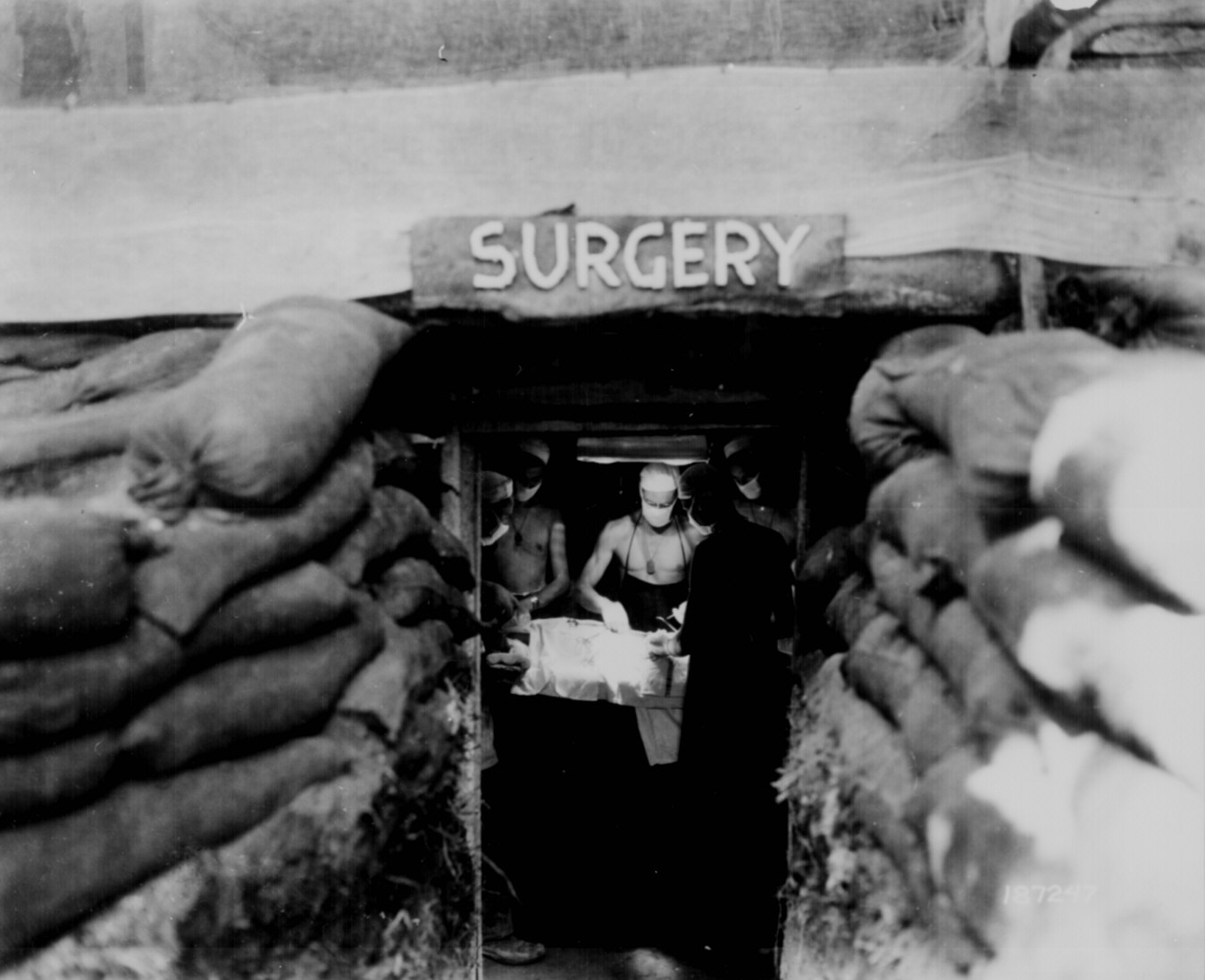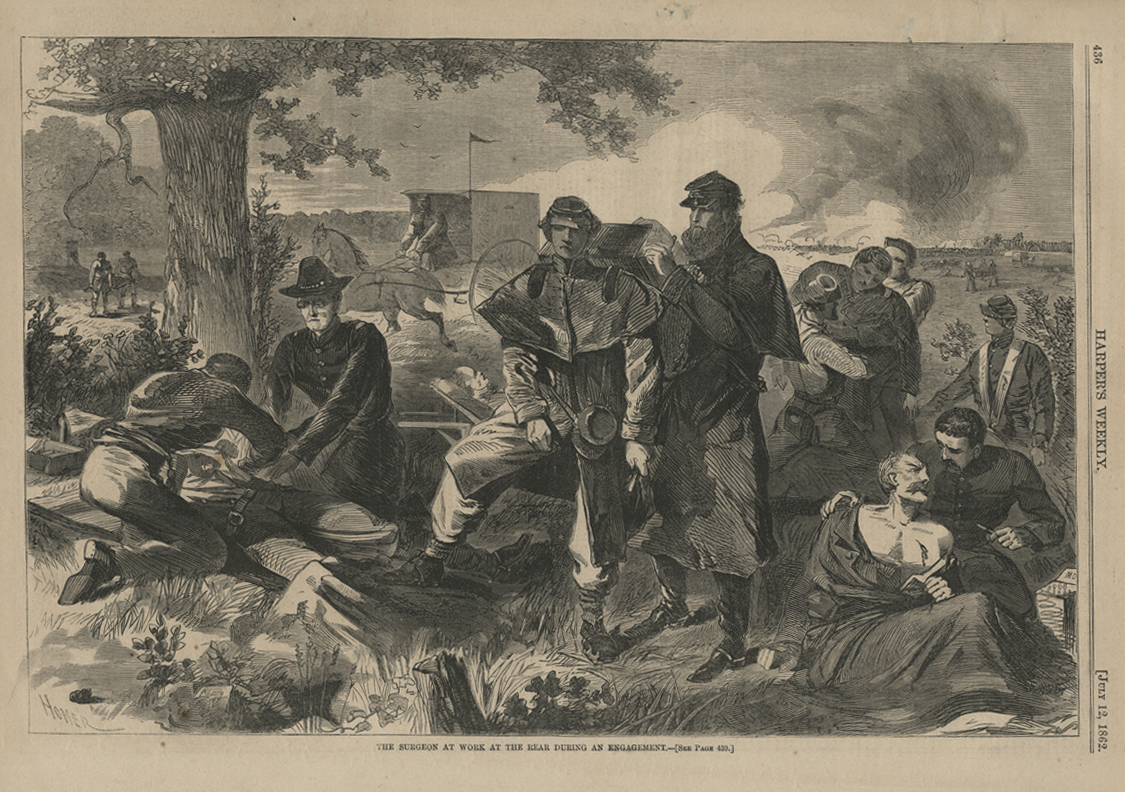Study Normal Human Walking Behavior
FIG. 1.
Stick diagram shows typical body movements during curved walking. Point at the intersection of the dotted lines joining the hip and greater trochanter of left and right body sides in the first stick on the left is the body midpoint. Vector represented at the level of the body midpoint indicates the instantaneous heading. Sagittal plane: vertical plane passing through the heading vector; the plane follows the vector's orientation during walking. Frontal plane: vertical plane perpendicular to the sagittal plane.
Grégoire Courtine and Marco Schieppati tested the hypothesis that common principles govern the production of the locomotor patterns for both straight-ahead and curved walking. Whole body movement recordings showed that continuous curved walking implies substantial, limb-specific changes in numerous gait descriptors. Principal component analysis (PCA) was used to uncover the spatiotemporal structure of coordination among lower limb segments. PCA revealed that the same kinematic law accounted for the coordination among lower limb segments during both straight-ahead and curved walking, in both the frontal and sagittal planes: turn-related changes in the complex behavior of the inner and outer limbs were captured in limb-specific adaptive tuning of coordination patterns. PCA was also performed on a data set including all elevation angles of limb segments and trunk, thus encompassing 13 degrees of freedom. The results showed that both straight-ahead and curved walking were low dimensional, given that 3 principal components accounted for more than 90% of data variance. Furthermore, the time course of the principal components was unchanged by curved walking, thereby indicating invariant coordination patterns among all body segments during straight-ahead and curved walking. Nevertheless, limb- and turn-dependent tuning of the coordination patterns encoded the adaptations of the limb kinematics to the actual direction of the walking body. Absence of vision had no significant effect on the intersegmental coordination during either straight-ahead or curved walking. Our findings indicate that kinematic laws, probably emerging from the interaction of spinal neural networks and mechanical oscillators, subserve the production of both straight-ahead and curved walking. During locomotion, the descending command tunes basic spinal networks so as to produce the changes in amplitude and phase relationships of the spinal output, sufficient to achieve the body turn.
Journal of Neurophysiology Published 1 April 2004 Vol. 91 no. 4, 1524-1535 DOI: 10.1152/jn.00817.2003
Early Anatomy and Contemporary Robotics
Towards the end of his life, Leonardo da Vinci was given permission to dissect human cadavers for scientific research at Santa Maria Nuova. The Hospital of Santa Maria Nuova (Ospedale di Santa Maria Nuova) is the oldest hospital still active in Florence, Italy. It was these very studies which laid the ground work for future anatomy documents and literature for educating the surgeons of the world, as well as Leonardo's designs for the world's first robot.
In 2000, the FDA approved a robotic surgical system, inspired by and named after Leonardo's work. Intuitive Surgical states: "...His study of human anatomy eventually led to the design of the first known robot in history. This design, which has come to be known as "Leonardo's Robot," was probably made around the year 1495 but was rediscovered in the 1950s. da Vinci was intrigued by mechanics and automation. He developed a number of mannequins including a mechanical knight."
- See more at: http://www.intuitivesurgical.com/company/history/#sthash.rJGrgKOG.dpuf
Surgery and War
Surgery owes much of its progress to advances made on the front lines of war. Up until the mid-nineteenth century, pain relief was underdeveloped; surgical procedures were undesirable and rarely considered as a form of treatment. However in times of war, wounded soldiers have had very few options and little time to think before requiring amputations or invasive surgery. It is here, where advanced techniques such as the suture is born as an alternative to cauterizations in stopping bleeding.
Operating Theatre
The origin of today's Hybrid Operating Room goes back as far as the Operating Theatre; an event space designed to allow the earliest surgeons to perform procedures in front of other surgeons, dressers and invited pupils. At PDS, understanding the historical development of medical spaces is not only fascinating, it is the best way for us to design intelligently. We are currently investigating the future of Surgery from the perspective of hygiene, surgical performance, technological advancement and permanent infrastructure.



